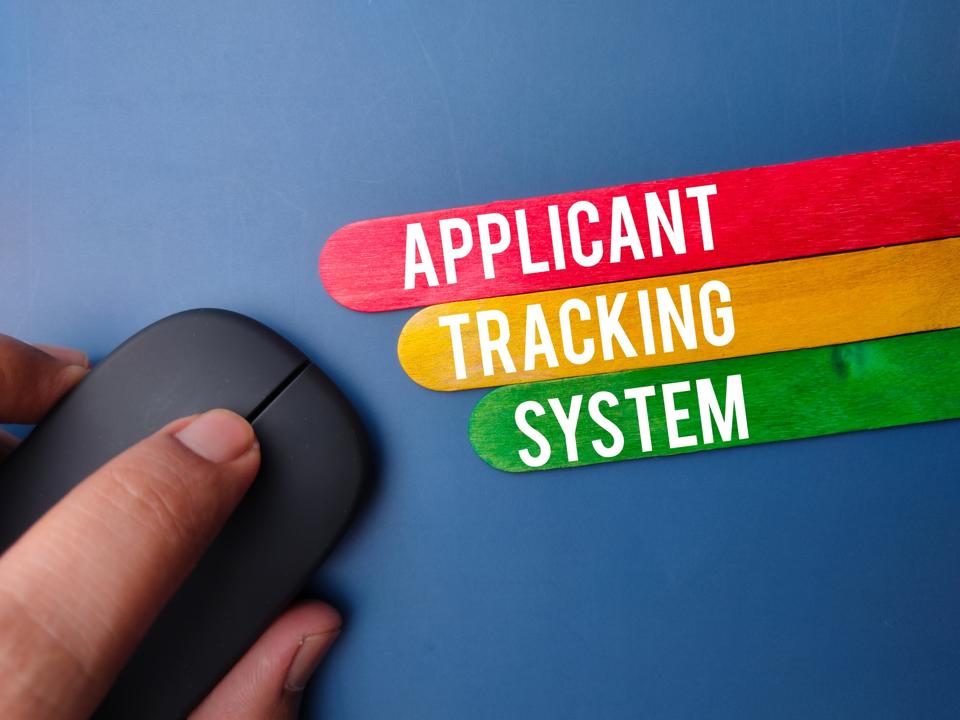Enigma. The World War II German code that initially stumped the Allies – until Alan Turing advanced the work of Polish mathematician Marian Rejewski.
Cerberus. The three-headed dog of Greek mythology that guarded the gate to the underworld to prevent the dead from leaving – until Heracles captured him.
ATS. The Applicant Tracking System that drives job seekers absolutely nuts – until … well, until what, exactly?
The Dreaded Applicant Tracking System
One of the banes of the modern job seeker – if not the #1 cause of lost sleep, gastric disorders, and a wide variety of neuroses from mildly annoying to heavily debilitating – is the Enigma or Cerberus of today’s world: the ATS.
So as an independent career and executive coach for 27 years and counting, I write this article on behalf of and for every job seeker who was or will be anywhere from irritated to traumatized by that cursed ATS.
Prior to the late 1990s, there was, for all practical purposes, no such beast. Jobs were listed in the newspaper’s classified section, responded to on paper, and mailed in an envelope with a stamp. Remember those? This was a source of agita for both the employer and the job seeker. The candidate was, as she is now, one of a zillion résumés landing on the company’s desk, while the employer was snowed under by more envelopes than they could recycle. Trust me; been there, done that.
Enter the ATS. Instantly it was: advantage employer, now setting the rules, using mysterious software with many variations, and running the show with confusing cadence. Let’s avoid the discussion about the frailties and foibles of the systems and about how many exceptional candidates it filtered out. For the moment, it wasn’t a fair fight. Enigma and Cerberus had not yet met Turing or Heracles.
Even The Playing Field
That’s changing as we speak, thanks to AI. It should be no surprise that HR departments who stay ahead of the game have already injected AI into this, but AI is not just the domain o the employer. You do have it, don’t you? It’s the great equalizer if used strategically.
For instance, a simple query – “What are ATSs looking for?” or “How can my résumé stand out to an ATS?” – will yield some interesting results. Keep in mind that AI will not write a good résumé for you, if you thought that’s where this was going. That takes thinking, both deductive and inductive; reflection; and persistent review – none of which any of the affordable AI versions do well at all.
But you will see some constructive suggestions, not of actual text, but of rules of thumb aimed at helping you understand what the ATS is up to. It kind of evens the field.
All that said, you still need a thoughtful, experienced professional to do this, for one key reason. Once you get done loading your ATS-targeted résumé with all sorts of key words and accomplishments that line up with their requirements, and you make it past the screening process digitally, your résumé will then get in front of a human being – and that’s where great writing, format, structure, and style come in.
That will never change.

